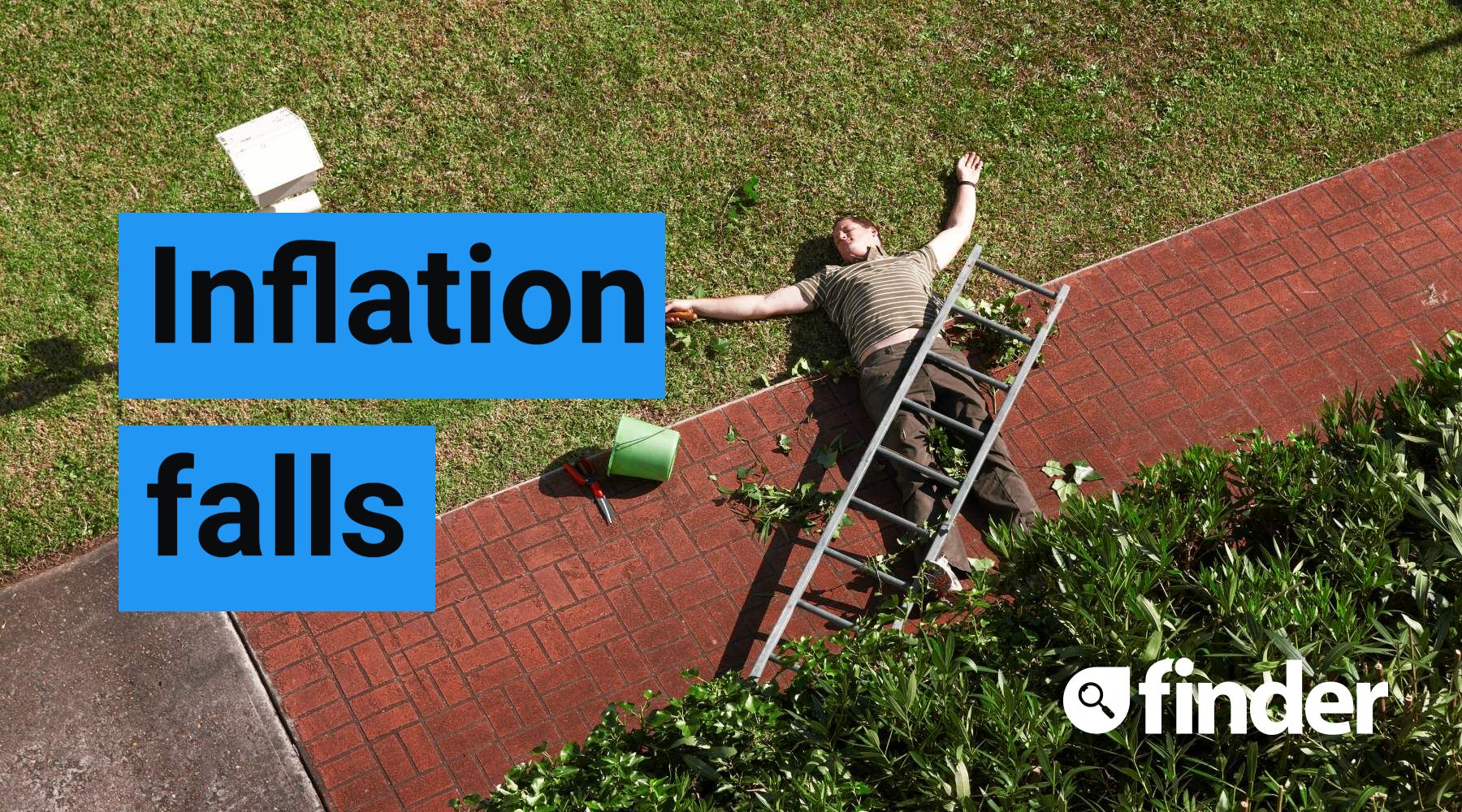Slowing inflation gives hope to borrowers, so why isn’t life getting any cheaper?

Inflation is finally falling, but we're all paying so much more for everything, especially housing and groceries.
Today's consumer price index indicators have inflation at 5.6% over the last 12 months. That's still quite high, but much lower than last month's 6.8%.
And it's a further drop from the peak recorded in December.
ABS head of price statistics Michelle Marquardt said that in annual terms today's data, from the last 12 months to May 2023, is "the smallest increase since April last year."
"While prices have kept rising for most goods and services, many increases were smaller than we have seen in recent months."
This is likely good news for Australian borrowers. Falling inflation means the Reserve Bank of Australia (RBA) is less likely to increase the cash rate on Tuesday when the board meets again.
A hold to the cash rate will offer borrowers some relief, given that the cash rate has risen from 0.10% in April 2022 to its current 4.10%.
Life is still incredibly expensive for almost everyone
While welcome news, today's inflation figures also highlight just how expensive the cost of living is. It could be a long time before the average person actually feels the effects of falling inflation.
Prices have risen for so many months, especially in some of the most essential spending categories like housing and groceries.
Home loan interest rates have risen dramatically in response to rampant inflation. While rising rates have a deflationary effect (people borrow and spend less), it also adds to every borrower's expenses.
According to the CPI figures, housing costs are still one of the biggest drivers of inflation, rising 8.4% in May. New dwelling purchases rose 8.3%, which is down from previous months.
Home buyers aren't the only ones affected. Rents rose 6.3%, which is higher than in previous months as the demand for rental properties continues to outstrip supply.
Food and non-alcoholic drink prices rose 7.9%. This was driven mainly by big increases in the prices of bread and cereal, dairy and meals/takeaway food.
There's only so much cost cutting you can do when it comes to life's essentials: Food on the table and a roof over your head.
Check out Finder's 2023 Cost of living report to learn more about how inflation is impacting Australians. Get more helpful money tips to help you save.
Ask a question
